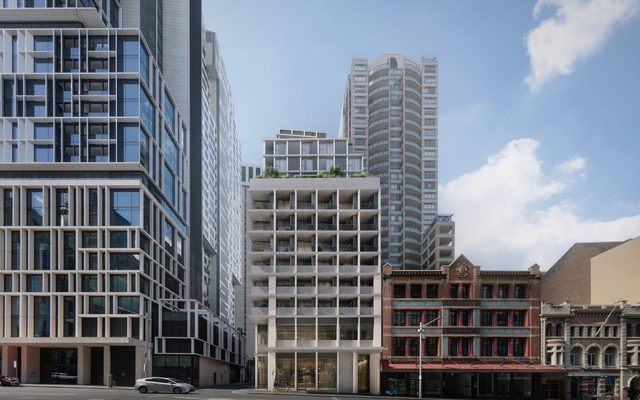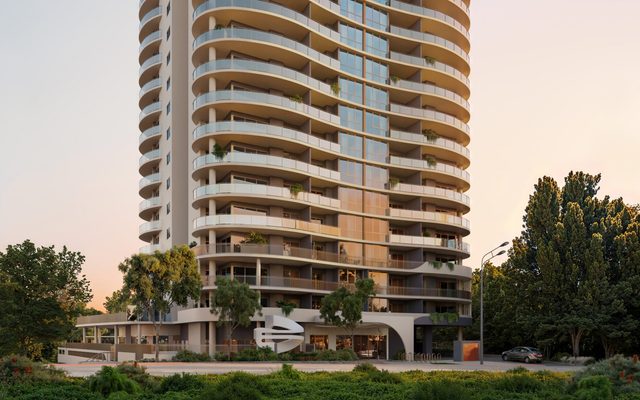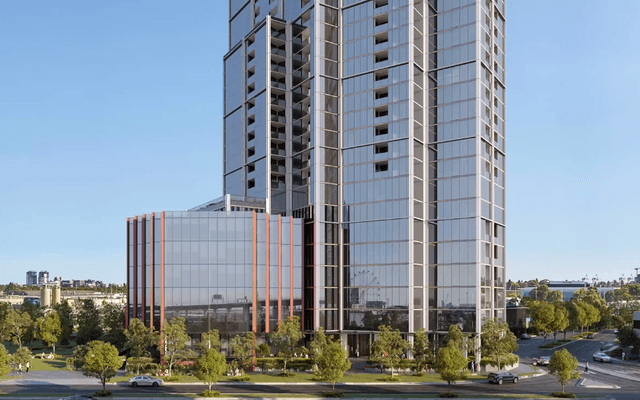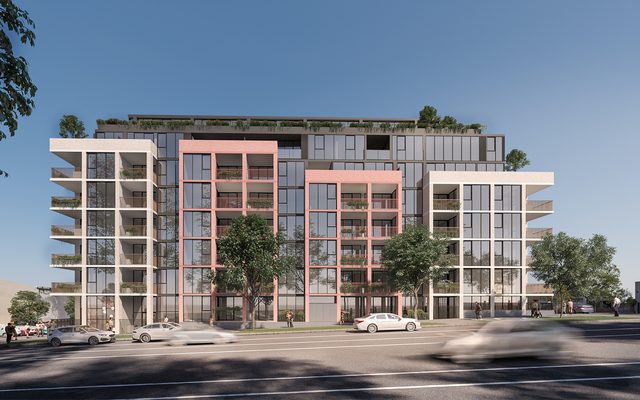This article is from the Australian Property Journal archive
INVESTORS may be encouraged to move away from the build-to-sell model and transition into the build-to-rent sector due to a national residential rental shortage and restrictive bank lending practices.
The BTR sector is currently dominated by major investors and top tier developers and they could be soon joined by smaller apartment developers and investors.
Matt Royal from national property and development financial advisory firm, Development Finance Partners (DFP), believes that BTR is a better option with the current lack of rental properties.
“Australia has a critical undersupply of rental properties with a current national vacancy rate sitting at around 1 per cent, according to SQM’s latest research,” he said.
“..There is every likelihood that the rental vacancy rate will continue to fall until the housing crisis can be addressed.”
“BTR is a great way for second and third tier developers to capitalise on this demand whilst building equity in their property portfolios, without having to meet stringent pre-sales requirements placed on them by many lenders,” Royal added.
The standard build-to-sell model has been favoured in Australia for some time however it’s been determined that BTR projects can be very successful.
A recent study found the build-to-rent sector is expected to show resilience against inflationary pressures, interest rates and a weakening economy, as the nascent market moves through a growth spurt.
Savills Australia’s latest Build to Rent (BTR) Market Update, shows the sector has experienced an 18-month period of rapid growth underpinned by robust investment activity, and institutional grade stock now stands at 3,800 units with a further 8,400 under construction, with a further $1 billion to be committed by the close of this year. The future pipeline currently stands at 22,500 units, bringing the total size of the sector to 34,700 units completed or in development, and the sector is set to mature into a $9.6 billion market by 2027.
Royal said BTR can provide a steady income stream for medium-size builders and developers while also offering capital leveraging opportunities in a restrictive lending market.
For examples of how well the BTR model can work, look no further than DFP’s saved project just last month. With the project’s format destined to fail, its adaptation to a BTR model was a success.
“The project was heading towards failure in its current format, so we brought in our development management partners, Highgate Management, which specialises in distressed project work-outs,” Royal said.
“Under the new BTR configuration – targeting young, professional tenants – the project will deliver substantially higher returns than the 50-apartments previously approved and most importantly, as a BTR, it now stacks up as financially viable for its investors.”
BTR will only continue to grow in popularity, as is the demand for rental properties in the country. Second and third tier developers will benefit from making the change. Royal believes we’ll see further movement in the BTR sector soon enough.
“I believe the time is right given there is huge demand for rental properties in almost every metropolitan and regional centre throughout the country,” he said.
Meanwhile More than $3.5 billion has been raised and committed to the Australian BTR sector since January 2021 and Savills anticipates this to increase to $4.5 billion before the end of 2022. US real estate investment and development firm Sentinel and Dutch pension fund manager PGGM have just announced a $1.5 billion partnership to develop and manage communities across Australia.
Federal government tax arrangements still present challenges to the nascent sector, while the Victoria and NSW government have introduced concessions.




